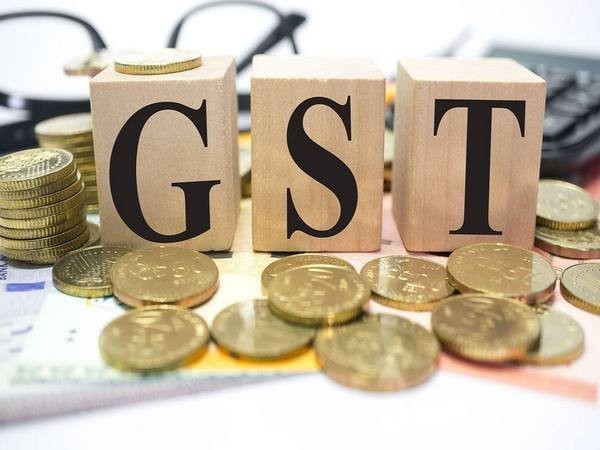GST Reform: Unveiling a New Era of Tax Simplicity
The UBS report reveals that the proposed GST rate rationalisation by the government will have a manageable fiscal impact. The restructuring aims to boost consumption by lowering GST rates, benefitting consumers and industries. A simplified two-tier GST system is expected to ease inflationary pressures and support economic growth.

- Country:
- India
According to a UBS report, the financial burden of the government's proposed rationalisation of the Goods and Services Tax (GST) rates will remain under control, with an estimated revenue loss of Rs. 1.1 trillion annually, or 0.3% of GDP. The report projects that the financial year 2026 will see a revenue loss of Rs. 430 billion, or 0.12% of GDP, which will be balanced by surplus cess collections and an increased dividend transfer from the Reserve Bank of India.
The report underscores the significant impact a GST reduction could have on consumption, surpassing the effects of personal income or corporate tax cuts. The GST multiplier, as highlighted by a National Institute of Public Finance and Policy study, stands at -1.08, compared to -1.01 for personal income tax and -1.02 for corporate tax. In a landmark Independence Day announcement, Prime Minister Narendra Modi promised forthcoming next-gen GST reforms, set to be implemented before Diwali, to benefit consumers, small industries, and MSMEs.
Soon after, the Finance Ministry outlined its vision for a simplified two-tier GST system focusing on structural reforms, rate rationalisation, and improved ease of living. The proposed system suggests scrapping the current 12% and 28% GST slabs in favor of a 5% and 18% structure. Government sources indicate that the majority of items currently in the 12% and 28% slabs would shift to lower rates, while luxury and sin goods would face a higher 'special slab rate' of 40%. The move is particularly beneficial for sectors like processed foods, garments, and construction materials. Moreover, the anticipated end of the compensation cess ahead of schedule enhances the fiscal feasibility of the GST restructuring, creating room for further monetary easing.
(With inputs from agencies.)










